Srinivasa Ramanujan was an Indian mathematical genius who is widely regarded as one of the greatest mathematicians of all time and whose work is still being assessed for use in various fields. Ramanujan showed his mathematical abilities from an early age. However, he struggled for many years to get the attention of the leading mathematicians of the day. Finally British mathematician G. H. Hardy realized his potential and invited him to England. In 1916, Ramanujan was awarded a Bachelor of Science by Research degree (later named Ph.D.) by Cambridge even though he was not an undergraduate; while in 1918, he became one of the youngest Fellows of the Royal Society. Born in a devout Hindu Brahmin family, Ramanujan believed that his knowledge of mathematics was revealed to him by his family goddess Namagiri Thayar. He suffered from ill health most of his life and passed away in 1920 at the young age of 32. Know more about the family, life, marriage, career in mathematics, death and legacy of Ramanujan through his biography.
Birth And Family
Srinivasa Ramanujan was born on December 22, 1887 in his grandmother’s house in a small village called Erode. Erode is around 400 km from Chennai, the capital of the Indian state of Tamil Nadu. Ramanujan’s father, Kuppuswamy Srinivasa Iyengar, was a clerk in a cloth merchant’s shop; while his mother, Komalatammal, was a housewife and sang at a local temple. The family lived in a small house in the town of Kumbakonam, Thanjavur district, Tamil Nadu. This house is now a museum. At the age of one and a half, Ramanujan contracted a severe bout of smallpox. However, he was able to recover from it, unlike 4000 others who perished from the disease in the Thanjavur district. Komalatammal gave birth to three more children till 1894. However, they all died before their first birthdays. Ramanujan did have siblings who survived infancy. His brothers Lakshmi Narasimhan and Tirunarayanan were born in 1898 and 1904 respectively.
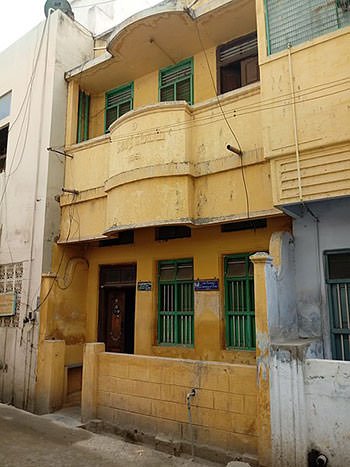
Education
Ramanujan entered primary school in Kumbakonam at the age of five. After changing several primary schools, he finally went to the Town High School at the age of 10. He excelled academically at this school and began working on mathematics on his own when he was just 12. The first work he did was related to summing arithmetic and geometric series. At the age of 14, he learned to solve cubic equations and developed his own method to solve quartic equations. The mathematical genius of Ramanujan was evident from an early age. When he was yet in school, he mathematically calculated the approximate length of earth’s equator. He also often amused his friends by repeating the value of the constant pi to any number of decimal places.
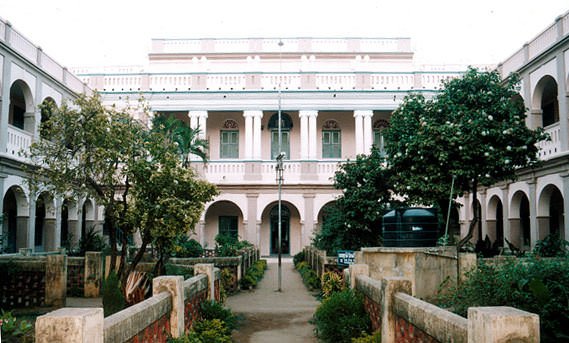
In 1903, at the age of 16, Ramanujan came across a book written by British mathematician G. S. Carr which was titled A Synopsis of Elementary Results in Pure and Applied Mathematics. This book contained 6,165 theorems, systematically arranged but with practically no proofs. Ramanujan worked through the entire book mastering the mathematics of 18th and 19th century. This book is in itself unremarkable. What makes it relevant is that Ramanujan used it to advance his mathematical ambitions. Moreover, it is thought that as this book didn’t pay attention to proofs, Ramanujan later neglected proving his work. It must be noted that Ramanujan most certainly was able to prove most of his results, but chose not to. Apart from the above mentioned reason, this might be due to the fact that paper was expensive in those times and Ramanujan did most of his work and perhaps his proofs on slate. He then transferred just the results to paper.
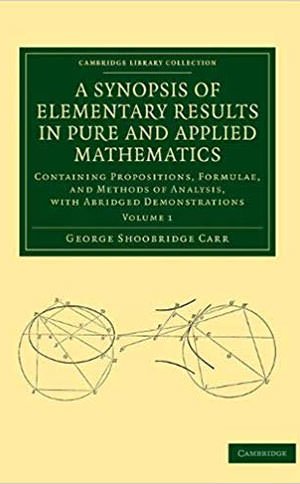
By the age of 17, Ramanujan was deeply involved in mathematical research. He independently discovered the Bernoulli numbers without ever having heard about them. He also calculated Euler’s constant to 15 decimal places. Due to his academic excellence in school, he was able to obtain a scholarship to go to the Government College in Kumbakonam. But his love only for mathematics cost him the scholarship as he neglected and failed in other subjects. Thus, as his scholarship was not renewed in his second year of college, he had to drop out. This was a great blow to him as, being from a poor family, he couldn’t afford his education. He didn’t tell his parents about the situation and, instead, chose to run away to the bigger town of Visakhapatnam. His mathematical work continued. He worked on the hypergeometric series; the relationship between series and integrals; and on elliptic functions.
Struggle And Recognition
In 1906, Ramanujan failed his Fellow of Arts exam. The next year, he again failed in his attempt to get a FA degree. Despite living in extreme poverty and often on the brink of starvation, he continued his independent research in mathematics. By 1910, Ramanujan started to get recognition in the mathematical circles of Madras (Chennai now). He met V. Ramaswamy Aiyer, the founder of the Indian Mathematical Society, the same year. Impressed with his work, Aiyer sent him to R. Ramachandra Rao, the district collector for Nellore and the secretary of the Indian Mathematical Society. After Rao was convinced of Ramanujan’s mathematical abilities, he asked Ramanujan what he wanted. Ramanujan said that he needed financial support and work.
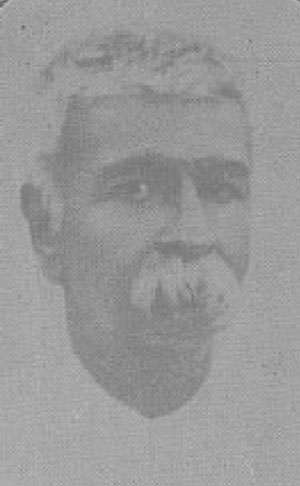
In early 1912, Ramanujan was able to get a temporary job at the Madras Accountant General’s office. His monthly salary was Rs. 20. Rao tried to get Ramanujan a scholarship so that he could continue to focus on his research, but was unsuccessful. In March 1912, Ramanujan was able to secure a job as a clerk in the accounts department of the Madras Port Trust with a monthly salary of Rs. 30. As the job was not very taxing, Ramanujan could devote a lot of time to his mathematical research. He recorded his findings in his notebooks, which are now renowned for the insights they contain.
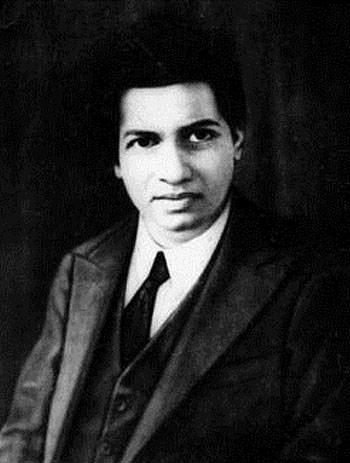
Partnership With G. H. Hardy
C. L. T. Griffith, the professor of civil engineering at the Madras Engineering College, held Ramanujan’s mathematical prowess in high regard. He wrote to M. J. M. Hill, a professor of Mathematics at University College London, and sent him some of Ramanujan’s work. However, the response from the Professor was not too encouraging. Ramanujan himself tried to get the interest of the leading professional mathematicians of the time. After repeated failure in this regard, he was ultimately able to get the attention of Godfrey Harold Hardy, the Professor of Mathematics at Cambridge University. Ramanujan began correspondence with Hardy in 1913, in what would develop into one of the most famous partnerships of 20th century mathematics.
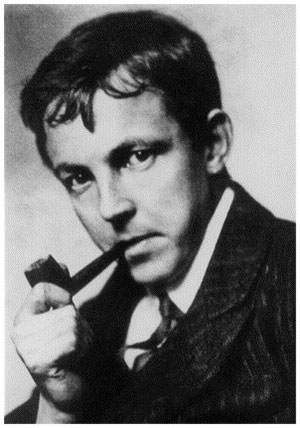
Soon, G. H. Hardy began making arrangements to bring Ramanujan to England. However, Ramanujan refused to leave his country to “go to a foreign land” as this was against his Brahmin upbringing. His parents were also against his traveling abroad. However this changed when his mother had a vivid dream in which their family goddess, Namagiri Thayar, a form of Hindu goddess Lakshmi, commanded her “to stand no longer between her son and the fulfillment of his life’s purpose”. Due to the word of his revered goddess, Ramanujan sailed to England in March 1914.
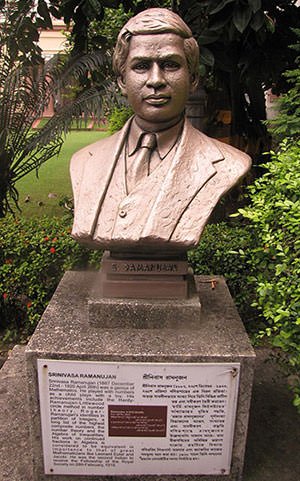
Later Years And Achievements At Cambridge
From 1914 to 1917, Hardy and Ramanujan collaborated on more than half a dozen research papers. Moreover, Ramanujan published more than 30 research papers in three years. In 1916, Ramanujan was awarded a Bachelor of Science by Research degree (later named Ph.D.) by Cambridge even though he was not an undergraduate. The Ph.D. was awarded in recognition of his work on ‘Highly composite numbers’. In 1918, Ramanujan became one of the youngest Fellows of the Royal Society and only the second Indian member. The same year he was elected a Fellow of Trinity College, Cambridge, the first Indian to be so honored.
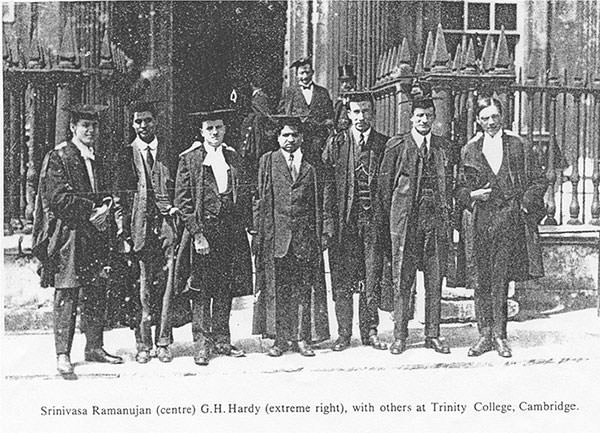
While Hardy and Ramanujan had an amazing collaboration, Hardy was worried about Ramanujan’s lack of formal training. He felt the blind spots in his mathematical knowledge would prevent him from presenting his research in a provable manner. Hardy’s colleague, John Edensor Littlewood, was given the task of teaching Ramanujan rigorous mathematical methods. Every time he tried to do so, however, Ramanujan would start discussing some of his original ideas instead. Ramanujan’s mind worked very differently from that of most mathematicians and things that were immediately obvious to him would take other mathematicians days and months to arrive at.
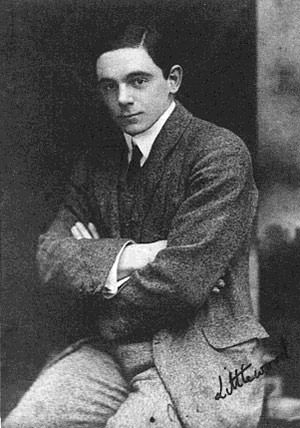
Recalling a conversation Hardy once had with him, Hungarian mathematician Paul Erdos said “Suppose that we rate mathematicians on the basis of pure talent on a scale from 0 to 100. Hardy gave himself a score of 25, Littlewood 30, Hilbert 80 and Ramanujan 100.” This is a testament to Ramanujan’s sheer genius, given that Hilbert is widely regarded as one of the best mathematicians of all time, and that Littlewood and Hardy were stalwarts themselves.
Personal Life And Death
In July 1909, when he was 21 years of age, Ramanujan married S. Janaki Ammal who was only 10 years old at the time. When she turned 12, the couple started living together. When Ramanujan left for Cambridge, she didn’t accompany him but moved in with his parents in Kumbakonam. Ramanujan was able to use the money from his scholarship in Cambridge to not only support his own frugal existence but also support his wife and parents back in Kumbakonam. Ramanujam was a quiet, introverted and a spiritual man. He also followed many practices demanded by his religion including strict vegetarianism. Moreover, interestingly, he often credited his mathematical prowess to the family goddess Namagiri Thayar. He believed that the mathematical knowledge that he had was revealed to him by her. He once said, “An equation for me has no meaning, unless it expresses a thought of God.”
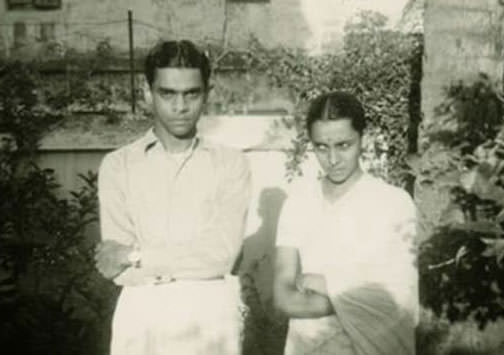
Ramanujan had always struggled with ill-health. He had undergone an operation in April 1909 which weakened him considerably. When he went to England, his ill-health was exacerbated by his strict vegetarian diet coupled with war-time rationing. The cold winters in England further affected his health. In 1916, while he was making great progress in his mathematical work with his colleagues Hardy & Littlewood, Ramanujan met with health problems. He was hospitalized in Cambridge and was diagnosed with T.B. and vitamin deficiency. After two years struggle, in 1919, Ramanujan showed some recovery. He returned to India the same year though he was still feeble. However, after his arrival at Bombay, his health deteriorated again. Ramanujan died on April 26, 1920 in Kumbakonam, Madras. He was just 32 years old.
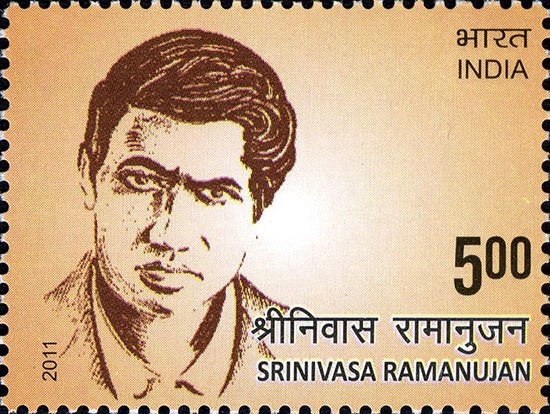
Legacy
Ramanujan provided solutions to mathematical problems that were then considered unsolvable. Moreover, some of his work was so ahead of his time that mathematicians are still understanding its relevance. In 1914, Ramanujan found a formula for computing π (pi) that is currently the basis for the fastest algorithms used to calculate π. The circle method, which he developed with G. H. Hardy, constitute a large area of current mathematical research. Moreover, Ramanujan discovered K3 surfaces which play key roles today in string theory and quantum physics; while his mock modular forms are being used in an effort to unlock the secret of black holes. Ramanujan is widely recognized as one of the greatest mathematicians of all time. Since his death, he has featured multiple times on the stamps issued by the government of India. In 2011, on the 125th anniversary of his birth, the Indian government declared that December 22 will be celebrated every year as National Mathematics Day.

